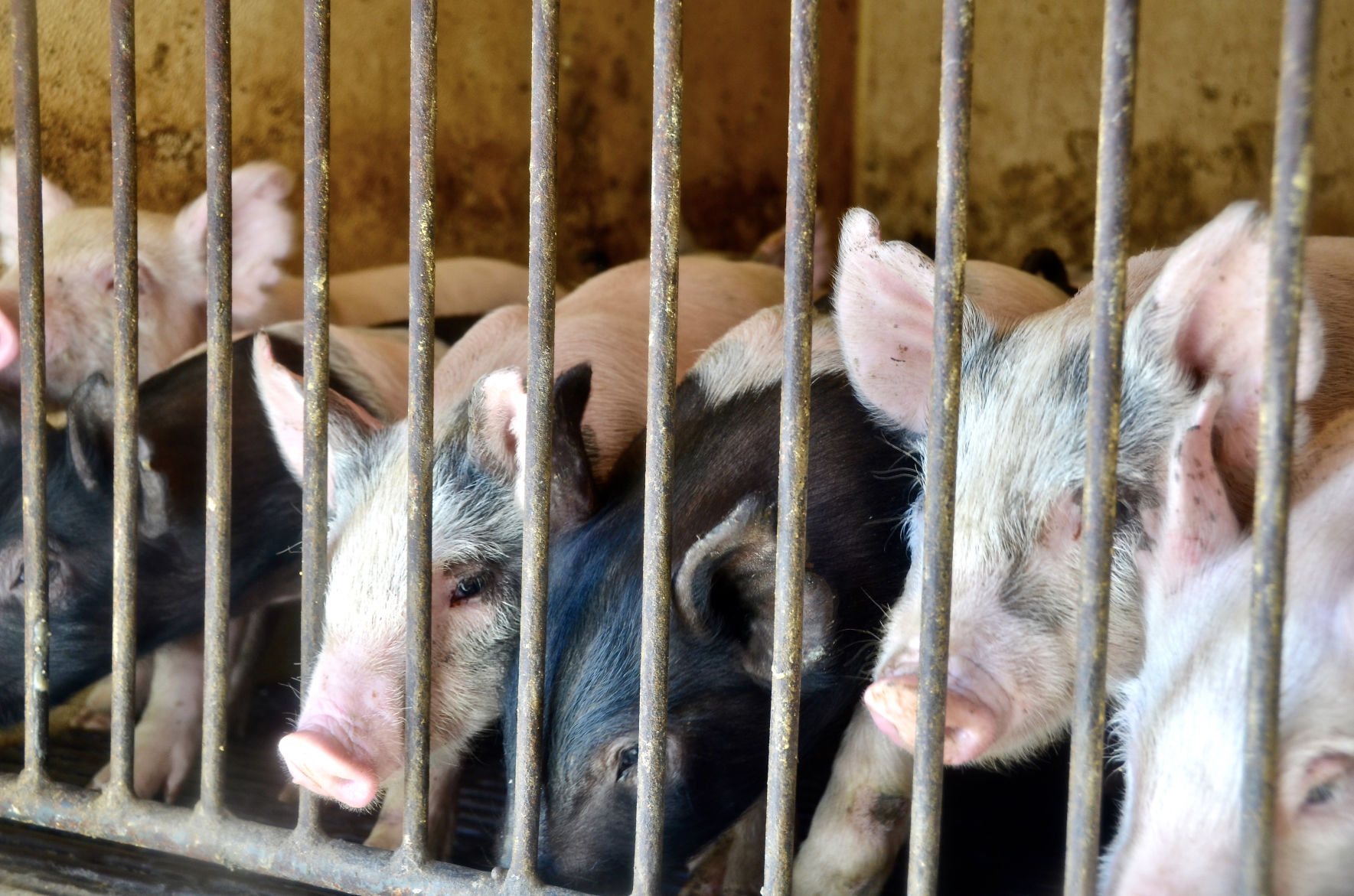Pork production continues to see an increase moving into the last quarter of 2018, with the breeding herd being the largest since 1999.
Steve Meyer, Stillwater, Oklahoma, who is with Kerns and Associates, Ames, Iowa, reviewed the hog numbers during the quarterly U.S. Department of Agriculture’s Hogs and Pigs Report teleconference funded by the Pork Checkoff.
“The all hog inventory is at 75.486 million head, which is 3 percent higher than a year ago. The breeding herd showed a 3.5 percent increase at 6.33 million head. Production showed a 0.7 percent increase at 10.72 pigs per litter,” Meyer said.
Lynn Steiner, president of Steiner Consulting in Merrimack, New Hampshire, said the third quarter report used to be the price driving report as production is predicted for the future quarter, but that has changed now with exports playing much more of a part in the prices.
“The U.S. exports 22.3 percent of all pork produced and continuing these export levels has an affect on prices,” Steiner said. “We expect a 0.5 percent increase in exports for the coming year. If this increase isn’t seen and exports actually decline, then we will see a decrease in prices.”
David Miller, director of research and commodity services for the Iowa Farm Bureau, said it is interesting to look at individual state numbers to make predictions. The report showed Iowa’s heavier weight hog inventory is up 9 percent from a year ago, but North Carolina numbers for that weight group are down 12 percent. The lighter weight group of 50 to 120 pounds shows Iowa up 2.8 percent and some decline in North Carolina, but most other states are staying stable.
“When looking at the relationship of trade to inventory expectations, the nearby futures haven’t recovered everything from when the tariffs began, but the futures show a built-in expectation into the markets that they will be rebuilt in the long term,” Miller said. “If our exports aren’t rebuilt, the futures market could be over priced through December of 2019.”
Scott Brown, associate Extension professor at the University of Missouri, said while revisions have moved into the negative direction with fewer hogs than expected, production and efficiency continues to grow. The pigs-per-litter number of 10.72 is 22 percent higher than it was in 1999. This will lead to a growth of pork production of 3.5 to 4 percent for 2019. Brown said exports continue to be important, but domestic demand also helps support prices.
Steiner expects exports to pick up in 2019, even with 3 to 3.5 percent more pork production. He doesn’t expect an increase in the United States per capita pork consumption, as the U.S. population continues to grow at the same pace.
“Exports could really be affected by African Swine Fever in China. If it isn’t controlled, there could be more demand for pork in China,” Steiner said.
Miller said with 3 to 4 percent of the U.S. pork exports going to China being in flux right now, the exports to other countries like Japan, Korea and Mexico are even more important as well as opening opportunities to new markets.
With large crop yields expected in the U.S., but poor crops in other areas of the world, lower corn prices are not expected in the near future. Steiner said the poultry sector has suffered from some problems with profitability, which could lead to a cut back in poultry production. This could be positive for pork prices.
Miller said corn prices are currently about equal to a year ago, but soybean meal prices are lower and expected to stay lower for the next several months. This could help production costs for pork producers.
Steiner expects Iowa-Southern Minnesota pork prices to be $56 per hundredweight for the fourth quarter of 2018. He expects Q1 of 2019 to be $66 per hundredweight, Q2 of 2019 to be $73 per hundredweight, and Q3 of 2019 to be $72 per hundredweight. This would lead to an average price increase of 10.4 percent for 2019.
Miller’s prediction for USDA 49 to 51 percent hog carcass prices is $53 to $55 per hundredweight for the 2018 year end. He predicts $54 to $57 for Q1 of 2019, $60 to $64 for Q2, $60 to $66 for Q3 and $54 to $60 for Q4 of 2019.
Brown expects the national weighted carcass average pork price to be $50 per hundredweight for the end of 2018, $58 per hundredweight for Q1 of 2019, $61 per hundredweight for Q2, and $58 per hundredweight for Q3 of 2019.
Jennifer Carrico can be reached at [email protected].


